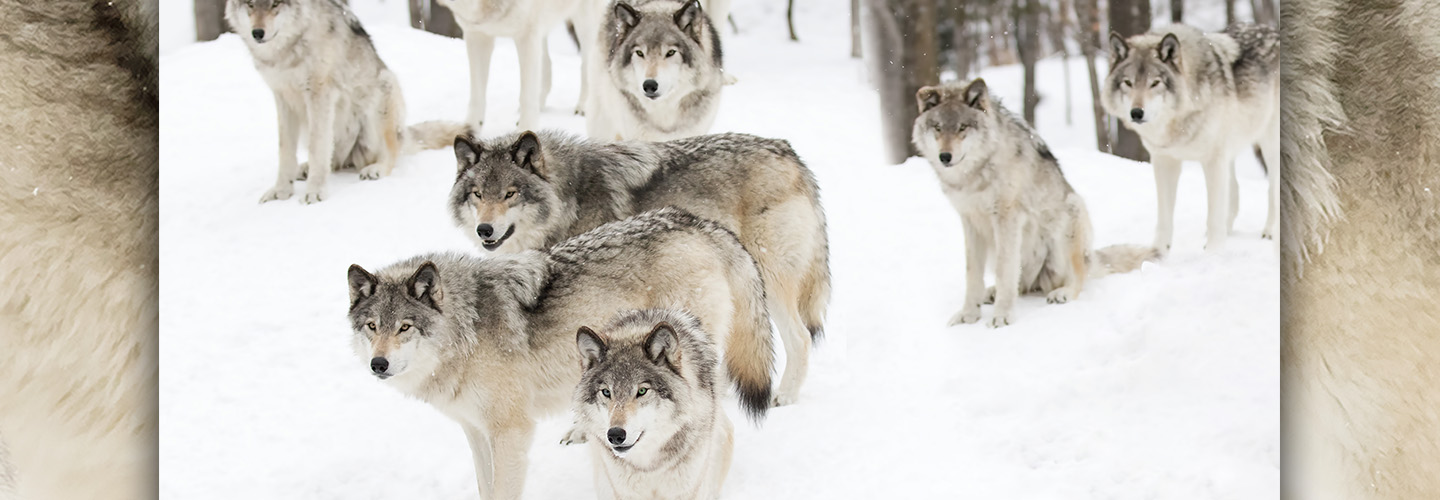As many as 2 million gray wolves once roamed North America. But by the 1960s, people had killed most of them. Only a few hundred were left in the contiguous United States.
In 1974, the U.S. Fish and Wildlife Service (FWS) placed gray wolves on the endangered species list. Animals on the list must not be harmed, and their habitats must be protected. The list helped the number of wolves grow. Over time, their population south of Canada reached about 6,000. So the FWS took the wolves off the list in 2020.
But last year, the wolves were put back on the list in most states. Many conservationists agree with that move. They say wolves are still in danger. Other people argue they no longer need protection.
Do gray wolves belong on the endangered species list?
As many as 2 million gray wolves once roamed North America. But by the 1960s, people had killed most of them. Only a few hundred were left in the contiguous United States.
In 1974, the U.S. Fish and Wildlife Service (FWS) placed gray wolves on the endangered species list. Animals on the list must not be harmed, and their habitats must be protected. The list helped the number of wolves grow. Over time, their population south of Canada went up. It reached about 6,000. So the FWS took the wolves off the list in 2020.
But last year, the wolves were put back on the list in most states. Many conservationists agree with that move. They say wolves are still in danger. Other people argue the animals no longer need protection.
Do gray wolves belong on the endangered species list?

